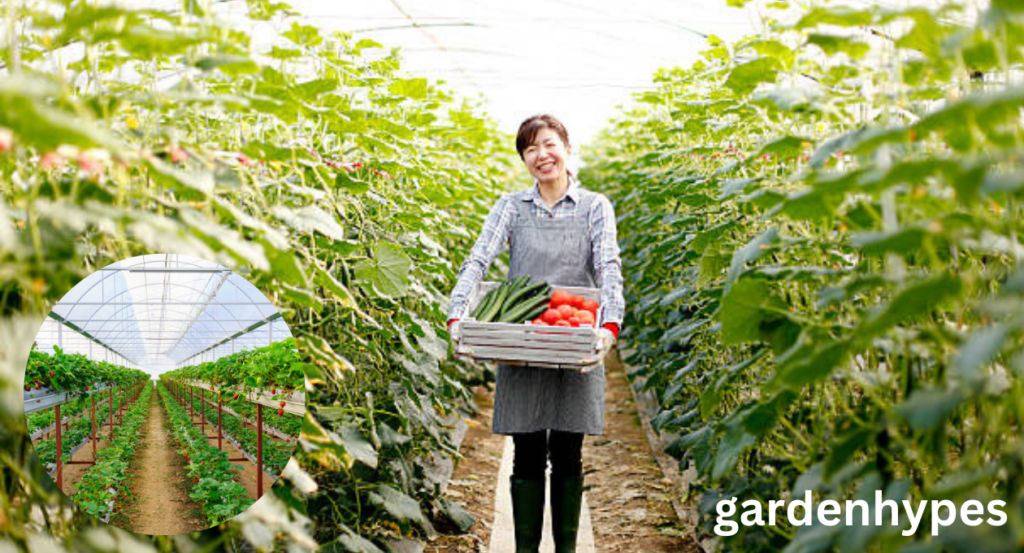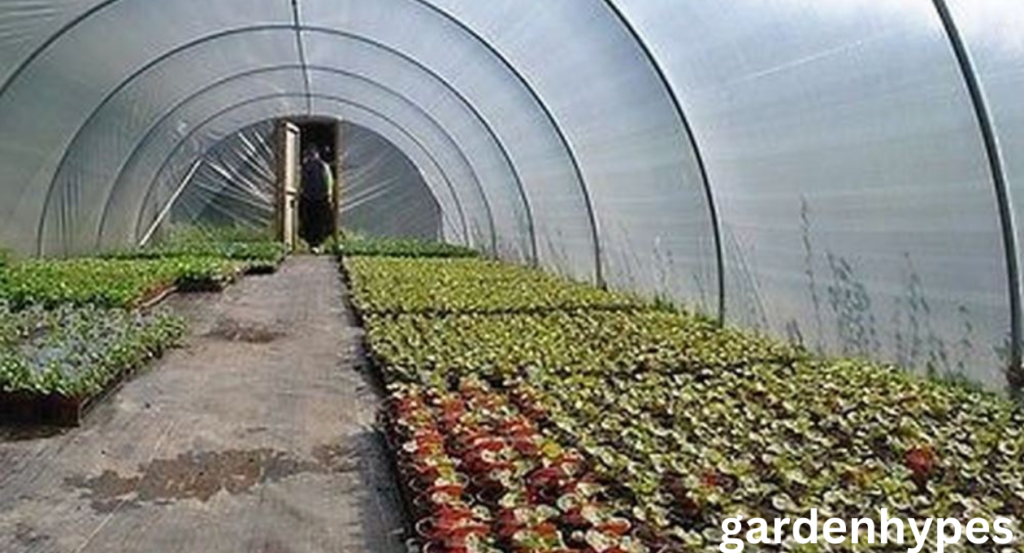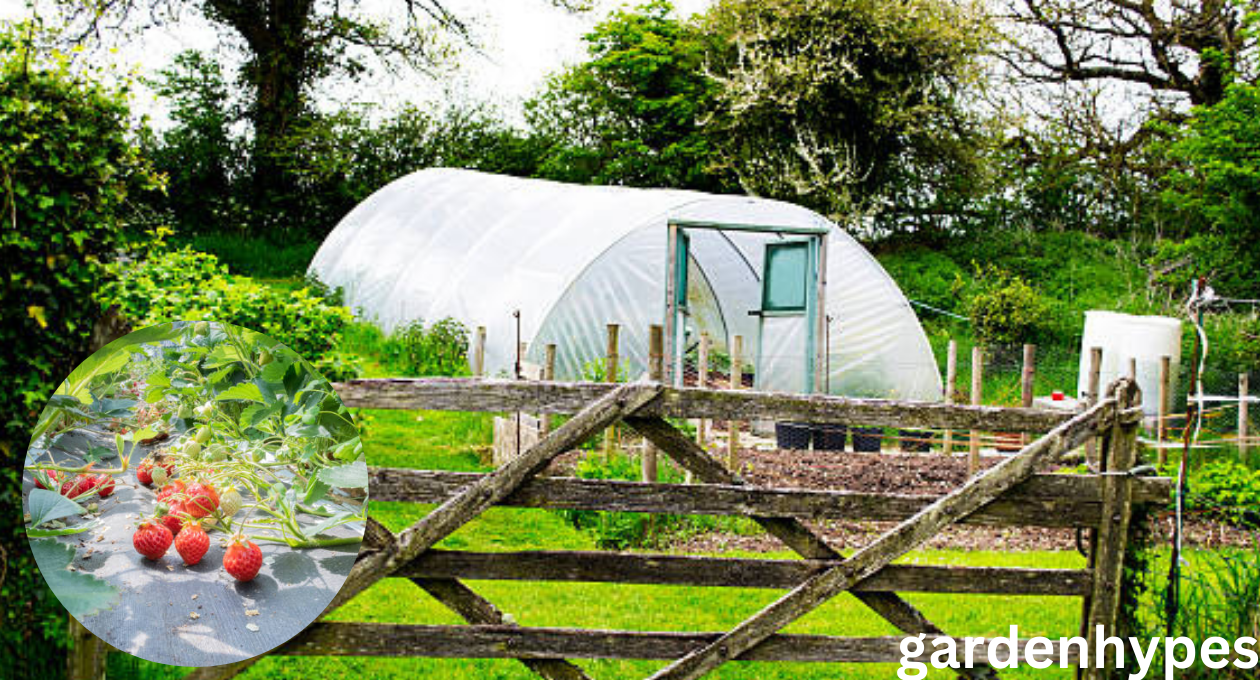Polytunnel Affordable Flexible Year-Round Gardening Solution
What Is a Polytunnel?
A polytunnel, often called a hoop house or polyhouse, is a semi-circular structure covered with polythene designed to create a controlled growing environment for plants. Think of it as a lightweight, flexible greenhouse that can be tailored to your gardening needs.
click in link Torpedo Grass
Why Polytunnels Are Popular
Polytunnels are beloved by gardeners and farmers alike because they extend the growing season, protect plants from extreme weather, and offer a more affordable alternative to traditional greenhouses.
Benefits of Using a Polytunnel
Extended Growing Seasons
Polytunnels act as a shield against frost and cold, allowing you to start planting earlier in spring and harvest well into autumn.
Improved Plant Health
The enclosed environment keeps out pests and diseases, reducing the need for pesticides. Plus, the controlled conditions ensure plants grow in their optimal climate.
click in link Torpedo Grass
Cost-Effectiveness
Compared to permanent greenhouses, polytunnels are much cheaper to construct and maintain. Their lightweight materials also help conserve energy by trapping heat efficiently.
Types of Polytunnels
Domestic vs. Commercial Polytunnels
For home gardeners, domestic polytunnels are compact and easy to set up. Meanwhile, commercial options are designed for large-scale farming and often feature advanced ventilation systems.

Multi-Span vs. Single-Span Polytunnels
Single-span polytunnels are ideal for small spaces, while multi-span designs cater to larger areas, offering more room for crops.
Choosing the Right Polytunnel
Size and Space Requirements
Always measure your space and consider your planting goals before purchasing a polytunnel. Leave room for pathways and potential expansion.
Frame and Cover Materials
Frames made from galvanized steel or aluminum offer durability, while UV-stabilized polythene covers provide excellent light transmission and protection.
click in link Torpedo Grass
Ventilation and Temperature Control
Good airflow prevents overheating and ensures plants thrive. Adjustable vents, roll-up sides, or even simple fans can make a huge difference.
Setting Up a Polytunnel
Selecting the Right Location
Choose a spot with ample sunlight, good drainage, and protection from strong winds. The location can make or break your polytunnel’s effectiveness.
Installation Process
Assemble the frame securely and stretch the cover tightly to avoid sagging. Anchoring the structure properly ensures it withstands harsh weather.
Maintaining Your Polytunnel
Cleaning and Repairs
Regularly clean the cover to maximize light penetration and patch up any tears quickly to maintain the structure’s integrity.
Seasonal Maintenance
Before winter, reinforce the frame and clear away snow to prevent collapse. Conduct inspections periodically to check for wear and tear.
click in link Torpedo Grass

Common Crops Grown in Polytunnels
Vegetables
Polytunnels are perfect for growing temperature-sensitive crops like tomatoes, peppers, cucumbers, and leafy greens.
Fruits
Strawberries thrive in the sheltered environment of a polytunnel, and you can even experiment with exotic fruits like melons.
Flowers and Herbs
Grow vibrant flowers or fragrant herbs like basil, parsley, and mint for both culinary and decorative purposes.
Challenges of Polytunnel Gardening
Temperature Management
Excessive heat can damage plants, while frost can kill them. Use shade cloths, vents, or heaters to maintain the ideal temperature.
Pest Control Issues
While polytunnels reduce pests, they’re not immune. Keep an eye out for aphids or whiteflies, and use organic pest control methods to keep them at bay.
Conclusion
Polytunnels are an incredible investment for any gardener, offering flexibility, affordability, and year-round gardening possibilities. Whether you’re a hobbyist or a professional farmer, a polytunnel can revolutionize how you grow crops.
click in link Torpedo Grass
FAQs
- What’s the lifespan of a polytunnel?
With proper care, polytunnels can last 10-15 years, depending on the materials used. - Can polytunnels withstand heavy snowfall?
Yes, but regular snow clearing and sturdy frames are essential to prevent collapse. - How do I prevent pests in a polytunnel?
Use fine mesh netting, maintain cleanliness, and apply organic repellents when necessary. - Is a polytunnel better than a greenhouse?
For cost and flexibility, yes. However, greenhouses offer superior durability in extreme conditions. - What’s the best size for a beginner polytunnel?
A 6×3 meter polytunnel is ideal for beginners as it’s manageable yet spacious.
